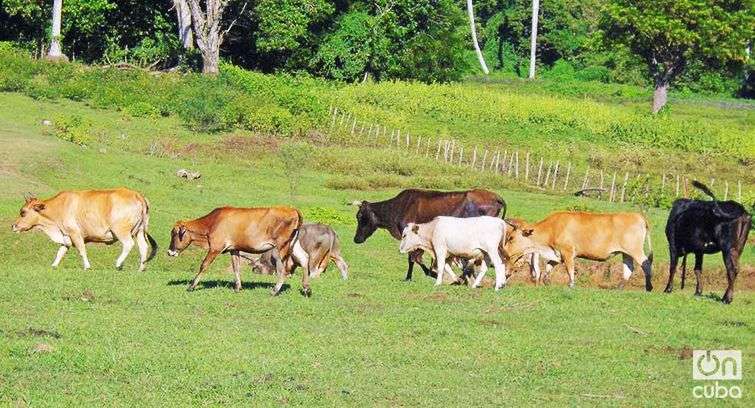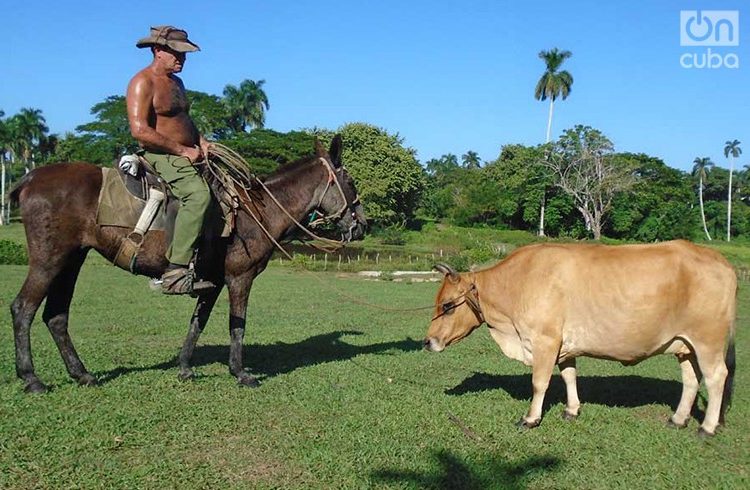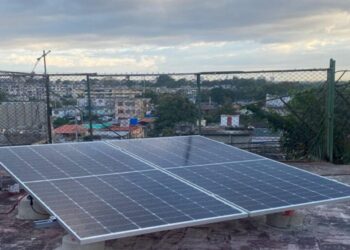Raul Hernandez is a farmer who for 16 years has been experimenting to create a breed of dairy cattle no taller than 60 cm.
Miniature cows – or garden cows, as he calls them – are so small that you can keep one on your rooftop if you want, he tells me.
“These are strong animals that feed on grass, and produce 5 to 7 liters of milk per day. They are small, and are therefore easy to handle and milk,” he says.
Hernandez, who lives in the western province of Pinar del Rio, in the municipality of San Juan y Martinez, thinks he may be close to succeeding: according to his calculations, the seventh crossing, between Mayo (steer, height 78 cm) and Rosita or Canela (cows, height 80 cm) should produce the height he’s been looking for.
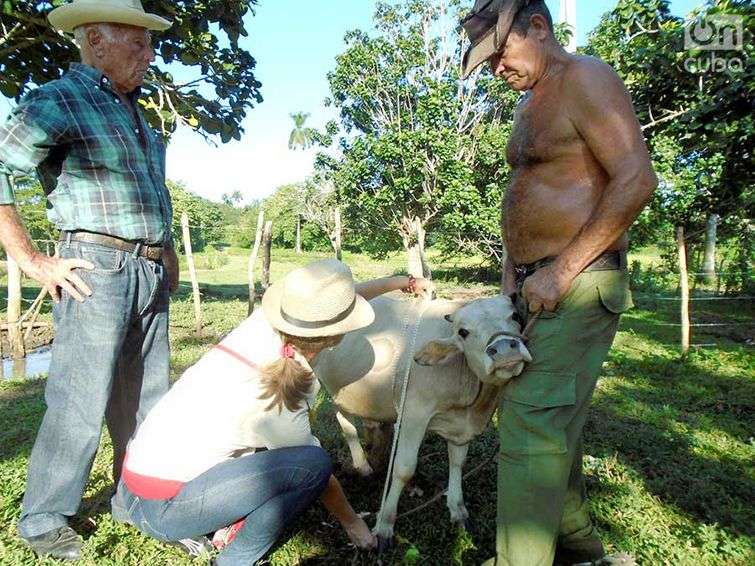
Everything began in the mid 1970s, when he decided to adopt a semi-dwarf cow he found at La Guabina Farm. Soon after he found a mate for the cow.
“Most farmers discard animals when they are too small. They are sent to the slaughterhouse, in order to preserve the quality of the herd,” says Hernandez. “Farmers don’t see there’s potential there to develop something, but I always tried to keep them.”
He didn’t have time before to work on this personal project due to responsibilities he had as manager of a farm with several branches in Pinar del Rio, from which he was later promoted to head of cattle production in the province.
But those jobs gave him the chance to scout for dwarf specimens that he continued to cross to keep the size going down.
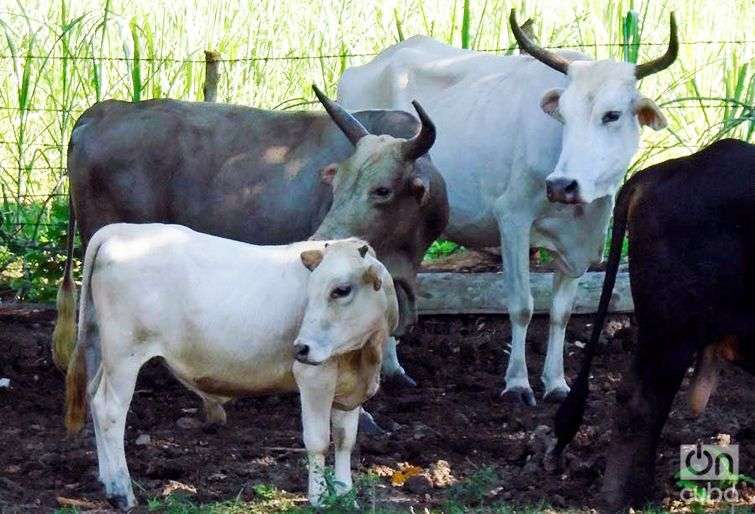
Retirement was the opportunity he was waiting for to devote all his time to create the breed he wanted, and keep the herd growing.
It’s not difficult to find his “laboratory” at Santa Isabela Farm: as we approach the area, cows and bulls smaller than usual signal the way.
“I have been giving some specimens to fellow farmers in the area, bulls and cows that are of great use to them because they are small but tough.

“I started with animals that were 130 cm in height, and I have come to achieve heights as low as 97 cm (Mariposa) and even little under 80 cm (La India and Mayito).
“They are all related, they share the same genes, but when we select the specimens that will parent the next generation, we look for a certain phenotype: the smallest, widest, toughest ones. Most farmers and scientists will say that it’s a mistake, but that is the only way to achieve dwarfism. This herd is the proof that it’s possible.
“I have been doing this since the 1970s, crossing cousins with cousins, and I’ve never gotten a freak as a result of that.”
Hernandez is sure that the next generation will be a winner. “It will be only 60 cm tall. It will be a new record, and anyone will be able to have one, because you barely need space to accommodate them.”
For many years, he thought that a possible use for his cows would be at the zoo, where in addition to be an attraction for the public, they would provide milk for orphan cubs.
He also thought the animals could be a solution to the problem of developing traditional cattle production in mountain areas.
But officials have little interest in his creation, which is also faced with rejection at the Provincial Scientific Veterinary Council, so he has decided to keep this as a personal project.
“It was a personal interest. Nobody asked me to do it. It’s an activity that has been respected here, and in other countries.”
